개요
제조 OEM 카바이드 로드 고품질 금속 분말을 다양한 산업에서 사용되는 내구성 있고 정밀한 봉으로 변환하는 복잡한 공정을 거칩니다. 이 종합 가이드는 유형, 용도, 재료 특성, 필요에 맞는 올바른 로드 선택 등 OEM 카바이드 로드에 대해 알아야 할 모든 것을 다룹니다. 각 측면의 세부 사항을 자세히 살펴봄으로써 현대 제조에서 이러한 막대가 필수적인 이유에 대해 자세히 이해할 수 있습니다.
OEM 카바이드 로드 유형
다양한 OEM 카바이드 로드에 따라 다양한 애플리케이션에 적합합니다. 몇 가지 특정 금속 분말 모델과 그 고유한 특성을 살펴보겠습니다.
| 카바이드 로드 유형 | 설명 |
|---|---|
| H10F | 높은 인성과 우수한 내마모성으로 유명합니다. 강철 가공에 적합합니다. |
| K40 | 높은 내마모성으로 주철 및 비철 금속에 이상적입니다. |
| WC-10Co | 10% 코발트가 함유된 텅스텐 카바이드. 뛰어난 경도와 강도를 제공합니다. |
| WC-6Ni | 6% 니켈이 함유된 텅스텐 카바이드. 우수한 내식성을 제공합니다. |
| P40 | 경도와 인성이 균형 잡힌 다용도 제품입니다. 일반 가공에 적합합니다. |
| C2 | 미세한 입자 구조로 정밀 도구에 탁월합니다. |
| T30 | 고속 절단 애플리케이션에 사용되는 높은 열 안정성. |
| N10 | 비철 소재에 맞게 설계되어 내마모성이 뛰어납니다. |
| K30 | 경도와 인성의 균형이 잘 잡혀 있어 중단된 절단에 이상적입니다. |
| H13 | 고강도 애플리케이션에 사용되는 높은 인성. |
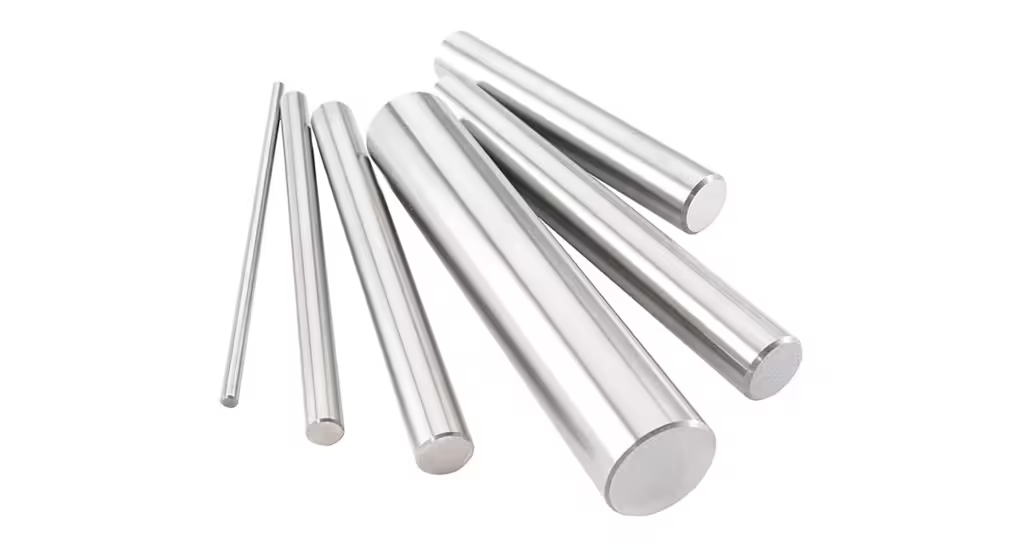
OEM 카바이드 로드 적용 분야
OEM 카바이드 봉은 내구성과 정밀성으로 인해 다양한 산업 분야에서 필수적인 요소입니다. 다양한 분야에서 어떻게 활용되는지 알아보세요.
| 애플리케이션 | 설명 |
|---|---|
| 절단 도구 | 금속 가공을 위한 엔드밀, 드릴, 리머에 사용됩니다. |
| 마이닝 도구 | 내마모성이 높아 암석 드릴링 및 절삭 공구에 사용됩니다. |
| 자동차 산업 | 엔진 및 변속기용 부품. |
| 항공우주 | 항공기 및 우주선 제조용 정밀 부품. |
| 목공 | 목재 재료를 자르고, 모양을 만들고, 성형하기 위한 도구입니다. |
| 의료 기기 | 수술 기구 및 치과용 도구. |
| 건설 | 중장비 및 공구의 부품. |
| 전자 제품 | 회로 기판 제조를 위한 정밀 도구. |
| 보석 만들기 | 금속과 보석을 성형하는 금형과 주형에 사용됩니다. |
| 석유 및 가스 | 드릴링 및 탐색 도구. |
머티리얼 속성
OEM의 재료 특성 카바이드 로드 는 성능에 매우 중요한 역할을 합니다. 다음은 각 요소의 구성, 속성 및 특징에 대해 자세히 살펴보는 내용입니다.
| 속성 | 설명 |
|---|---|
| 경도 | HRA로 측정되며, 일반적으로 85~94 범위입니다. |
| 인성 | 높은 골절 인성으로 파손을 방지하는 데 필수적입니다. |
| 내마모성 | 탁월한 성능으로 긴 공구 수명을 보장합니다. |
| 열 전도성 | 효율적인 열 방출. |
| 내식성 | 코발트 또는 니켈과 같은 바인더 금속에 따라 다릅니다. |
| 밀도 | 고밀도, 약 14-15g/cm³. |
| 압축 강도 | 높고 무거운 하중을 견딜 수 있습니다. |
| 열 안정성 | 고온에서도 성능을 유지합니다. |
구성 및 특성
OEM 카바이드 봉의 고유한 구성은 성능 속성을 정의합니다.
| 구성 | 특성 |
|---|---|
| 텅스텐 카바이드(WC) | 극한의 경도와 내마모성을 제공합니다. |
| 코발트 (Co) | 견고함과 내충격성을 더합니다. |
| 니켈(Ni) | 내식성을 강화합니다. |
| 티타늄 카바이드(TiC) | 내마모성과 인성을 개선합니다. |
| 탄탈 탄화물(TaC) | 경도와 열 안정성이 향상됩니다. |
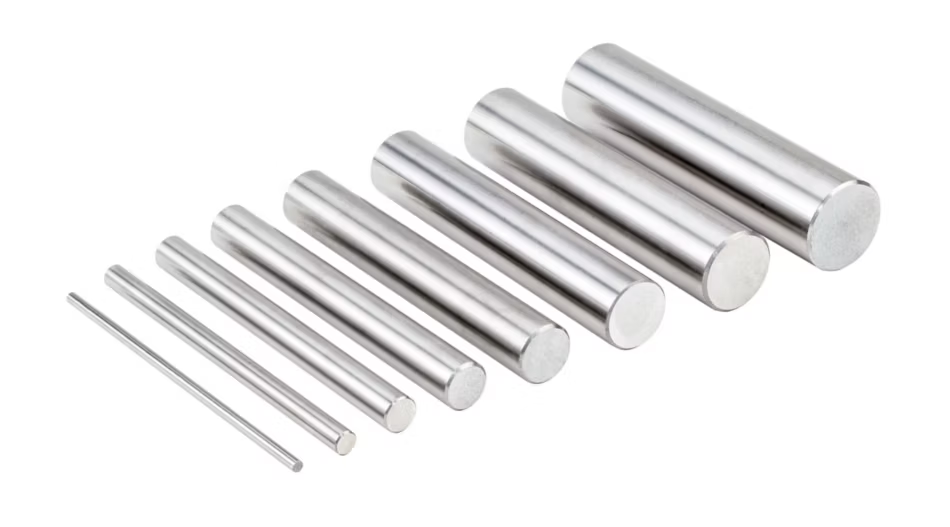
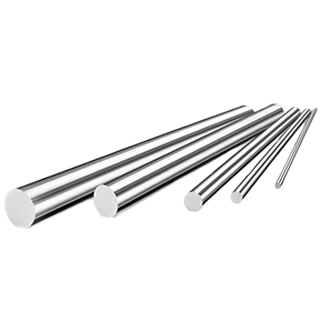
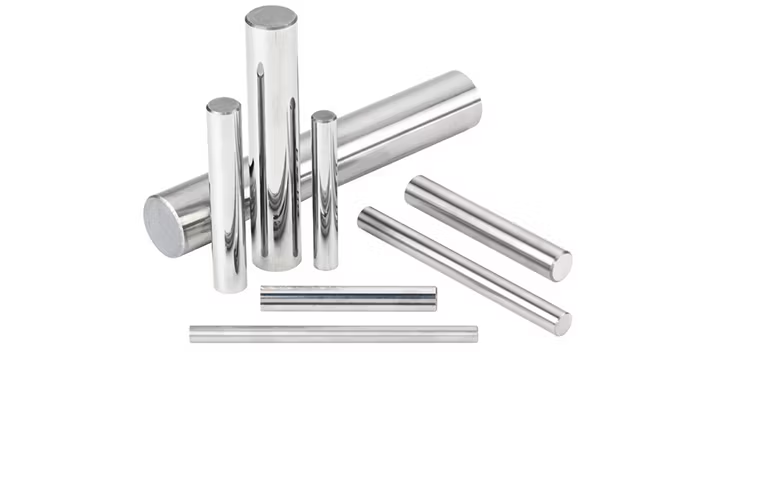

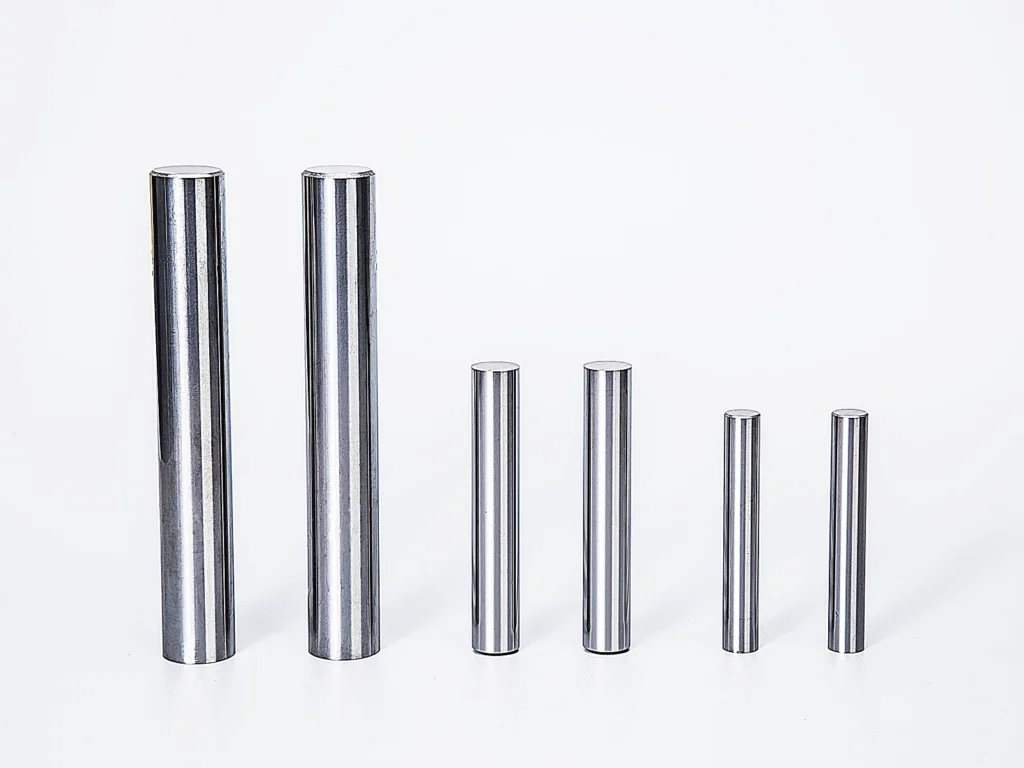
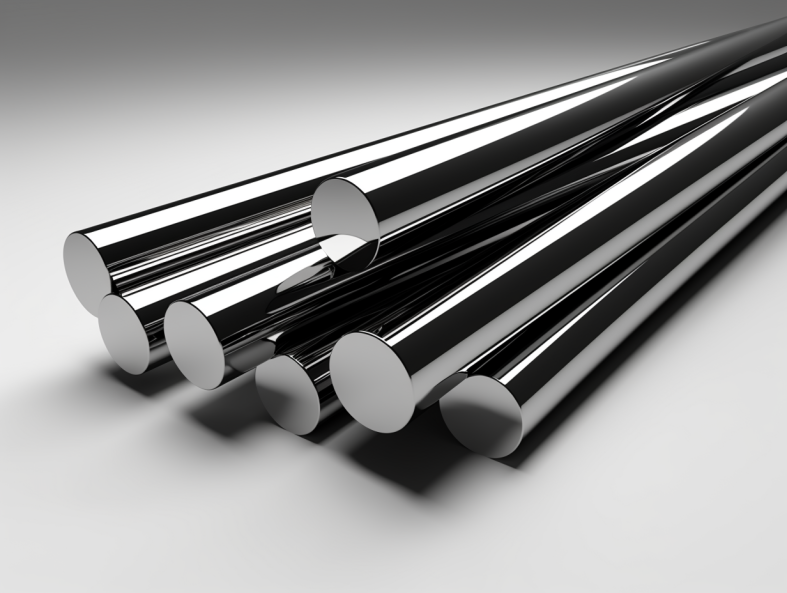
경도, 강도 및 내마모성
OEM 카바이드 봉의 기계적 특성을 이해하면 특정 용도에 적합한 유형을 선택하는 데 도움이 됩니다.
| 메트릭 | 범위/값 |
|---|---|
| 경도(HRA) | 85-94 |
| 압축 강도(MPa) | 3000-4500 |
| 내마모성 | 유형 및 애플리케이션에 따라 다릅니다. |
사양, 크기, 모양 및 표준
카바이드 막대는 업계 표준을 준수하는 다양한 크기와 모양으로 제공됩니다.
| 사양 | 세부 정보 |
|---|---|
| 직경 범위 | 1mm ~ 50mm |
| 길이 범위 | 50mm ~ 330mm |
| 도형 | 원형, 정사각형, 직사각형 |
| 표준 | ISO, ANSI, DIN |
공급업체 및 가격 세부 정보
올바른 공급업체를 선택하면 품질과 비용 효율성이 보장됩니다. 다음은 평판이 좋은 공급업체와 일반적인 가격 세부 정보입니다.
| 공급업체 | 지역 | 가격(kg당) |
|---|---|---|
| XYZ 카바이드 | 미국 | $50 – $70 |
| ABC 도구 | 중국 | $40 – $60 |
| 글로벌 카바이드 | 유럽 | $55 – $75 |
| 정밀 금속 | 인도 | $45 – $65 |
적합한 OEM 선택 카바이드 로드
적절한 카바이드 막대를 선택하려면 용도, 재료 특성, 비용 등 여러 요소를 고려해야 합니다.
| 고려 사항 | 세부 정보 |
|---|---|
| 애플리케이션 | 특정 사용 사례에 맞게 막대 유형을 일치시킵니다. |
| 머티리얼 속성 | 막대가 필요한 경도와 인성을 갖췄는지 확인합니다. |
| 비용 | 품질과 예산 제약의 균형을 맞추세요. |
| 공급업체 신뢰성 | 일관된 품질을 갖춘 평판이 좋은 공급업체를 선택하세요. |
OEM 초경봉의 장점과 한계
다양한 카바이드 막대의 장단점을 이해하면 정보에 입각한 결정을 내리는 데 도움이 됩니다.
| 유형 | 장점 | 제한 사항 |
|---|---|---|
| H10F | 높은 인성, 우수한 내마모성 | 제한된 내식성 |
| K40 | 뛰어난 내마모성 | 영향력이 큰 애플리케이션에는 적합하지 않음 |
| WC-10Co | 뛰어난 경도와 강도 | 비싼 |
| WC-6Ni | 우수한 내식성 | WC-10Co보다 낮은 경도 |
OEM 카바이드 로드 선택 방법
올바른 OEM 카바이드 막대를 선택하는 것은 어려울 수 있습니다. 다음은 최선의 선택을 하는 데 도움이 되는 몇 가지 팁입니다.
- 요구 사항 파악하기: 애플리케이션의 구체적인 요구 사항을 결정합니다.
- 머티리얼 프로퍼티를 평가합니다: 필요한 경도, 인성 및 내마모성을 고려하세요.
- 공급업체 비교: 좋은 평가를 받은 신뢰할 수 있는 공급업체를 찾아보세요.
- 표준을 확인합니다: 봉이 ISO 또는 ANSI와 같은 업계 표준을 충족하는지 확인하세요.
- 비용을 고려하세요: 예산과 품질 및 성능의 균형을 맞출 수 있습니다.
OEM 카바이드 로드 기능
OEM 카바이드 봉은 내구성과 정밀성으로 인해 다양한 제조 공정에서 중요한 역할을 합니다.
- 절단 효율성: 경도가 높아 재료를 효율적으로 절단하고 성형할 수 있습니다.
- 장수: 높은 내마모성으로 공구 수명이 연장되어 교체 빈도가 줄어듭니다.
- 다용도성: 금속, 목재, 복합재 등 다양한 소재에 적합합니다.
- 정확성: 고정밀 애플리케이션에 필수적인 엄격한 허용 오차를 유지합니다.

자주 묻는 질문
| 질문 | 답변 |
|---|---|
| OEM 카바이드 봉은 무엇으로 만들어지나요? | 주로 코발트 또는 니켈과 같은 바인더가 있는 텅스텐 카바이드를 사용합니다. |
| 절삭 공구에서 초경봉이 선호되는 이유는 무엇입니까? | 경도와 내마모성이 뛰어나기 때문입니다. |
| 올바른 카바이드 막대는 어떻게 선택하나요? | 용도, 재료 특성 및 비용을 고려하세요. |
| 어떤 산업에서 OEM 카바이드 봉을 사용하나요? | 자동차, 항공우주, 광업, 목공 등 다양한 분야에서 활용되고 있습니다. |
| 카바이드 막대는 모두 같은가요? | 아니요, 구성, 경도 및 적용 적합성이 다양합니다. |
| 카바이드 막대의 일반적인 경도는 얼마입니까? | 범위는 85~94 HRA입니다. |
| 초경봉을 고속 절단에 사용할 수 있나요? | 예, 특히 높은 열 안정성을 위해 설계된 T30과 같은 유형입니다. |
| OEM 카바이드 막대를 사용하면 어떤 이점이 있나요? | 공구 수명 연장, 정밀한 절삭, 다양한 재료에 대한 다용도성. |
| 카바이드 봉은 어떻게 제조되나요? | 분말 야금, 프레스, 소결 등의 공정을 거칩니다. |
| 카바이드 막대의 비용 범위는 어떻게 되나요? | 일반적으로 유형 및 공급업체에 따라 kg당 $40에서 $75 사이입니다. |
결론
OEM 카바이드 로드 는 탁월한 경도, 내마모성 및 정밀도를 제공하는 현대 제조에 없어서는 안 될 필수품입니다. 다양한 유형, 용도 및 특성을 이해하면 특정 요구 사항을 충족하는 올바른 카바이드 봉을 선택할 수 있습니다. 자동차, 항공우주 또는 기타 산업 분야에 관계없이 이 봉은 고품질 생산에 필요한 내구성과 성능을 제공합니다.




